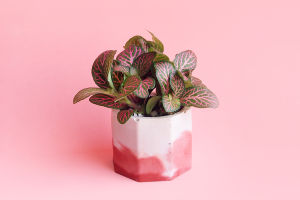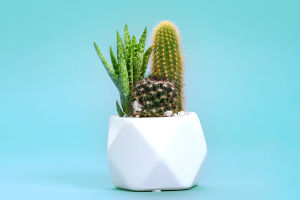Moonflowers are beautiful and fascinating plants that can bloom almost every month. However, if you want to grow them more efficiently, you need to take cuttings.
In this article, we will describe the best time to take cuttings, methods to propagate them, and tips to care for them.
1. Best Time to Take Cuttings
Moonflowers cuttings can be taken all year round, but autumn is the best time because it is easier to manage after winter.
It's worth noting that moonflower cuttings should avoid the summer heat period, as high temperatures and humidity can easily lead to bacterial growth, resulting in a low success rate of cuttings or death.
2. Methods to Propagate Moonflowers
Hardwood Cuttings
Healthy branches can be used as cuttings. Cut 10 centimeters long with 3 to 4 leaf buds without leaves, and water them thoroughly after inserting.
Use branches or other materials, such as steel, to make a bow frame, and cover them with plastic film. The propagation ground should be sunny and windy to facilitate moisture.
By the next spring when the spike sprouts, remove the plastic film. When the young leaves grow and turn green, the lower root system can be transplanted after growing well.
Bud Propagation
Choose strong buds with new shoots from the base of the main branch, and wash them with water.
Then, cover them with a plastic film cover and aerate them 1 to 2 times a day, keeping the soil moist.
About half a month later, they can be rooted, and 20 days later the plastic film can be removed.
Full Sun Cuttings
Full sun cuttings mean that during the whole cutting process, there is no shade so that the buds can be exposed to sufficient sunlight.
As the plug without a root system cannot carry out normal water absorption, it is difficult to absorb water.
To make the plug have more normal photosynthesis and life activities, full sunshine cuttings choose sand as the seedbed.
Therefore, 3 weeks later, they can be transplanted.
3. Tips to Care for Moonflower Cuttings
Water the cuttings well, then shade and moisturize with a small plastic film bow shelter.
For the first 10 days, spray water diligently to maintain a moist environment; 10 days later, control the spraying, keeping them dry before spraying.
When the spikes are in an environment of 20°C to 25°C and the leaves are dry, use a small sprayer for foliar spraying to prevent the leaves from drying out and falling off.
The second stage is the healing stage. At this point, the wounds begin to heal, and it is essential to prevent excessive moisture, as this can cause mouldy wound tissue.
In the morning and evening, increase the time of weak sunlight to promote photosynthesis.
The third stage is the root stage, and you can gradually increase the time of sunlight exposure. When the potting soil is dry, you can moderate watering.
If the old leaves do not fall off, and new shoots have grown, it means that the roots have developed, and the cuttings are alive.
Moonflowers are beautiful and easy to propagate by taking cuttings.
It is essential to follow the right procedures and care tips to achieve the desired results.
By following the guidelines outlined in this article, you can successfully grow your moonflowers and enjoy their beautiful blooms throughout the year.


